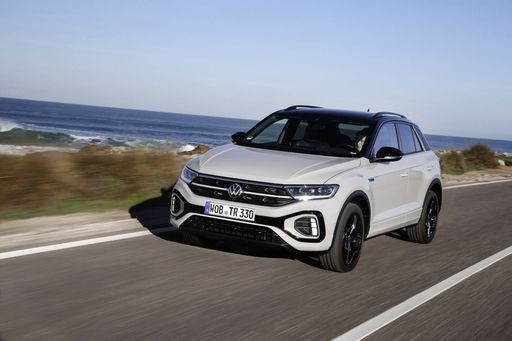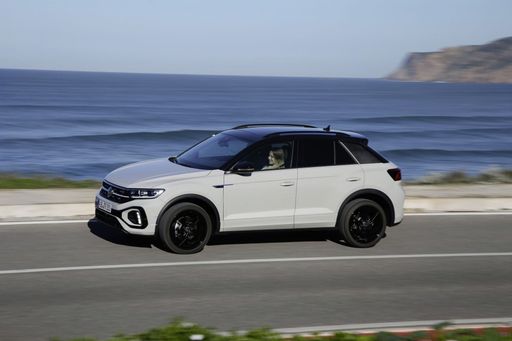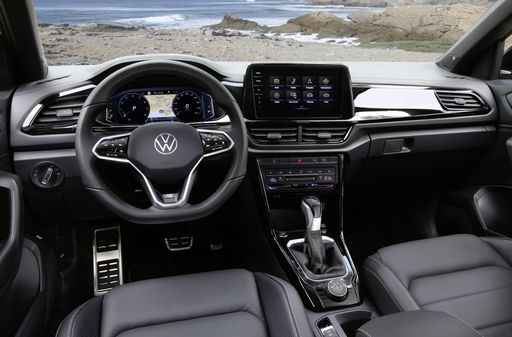First Look: Scandinavian Calm vs. Continental Zing
The moment you walk up to the two, you get two very different promises — the Volvo XC40 presents itself with a quiet, understated confidence, while the VW T‑Roc trades subtlety for a cheeky, more expressive stance. Materials and finishes feel deliberately different: one leans toward premium restraint, the other toward youthful, urban energy. That contrast sets the tone for buyers who care more about cultivated presence versus playful character.









